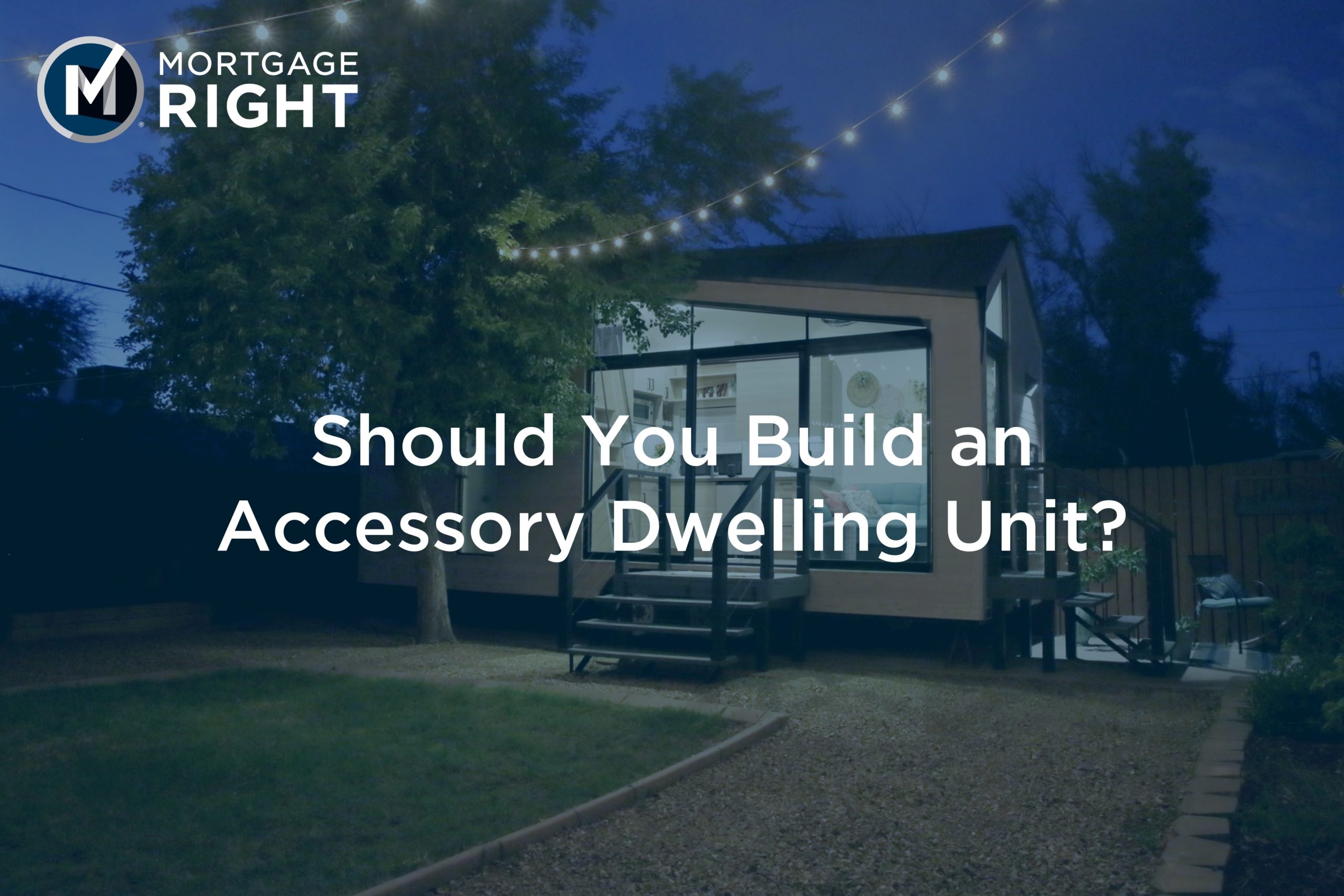
When the housing market is turbulent, homeowners should strive to make the most of their property. Right now, residential expansion is essential for some homeowners, and accessory dwelling units (ADUs) make branching out worthwhile in more ways than one.
What is an ADU?
An ADU, also known as an accessory dwelling unit, secondary suite, or in-law suite, is an additional living space on a single-family residential lot. Typically small-to-medium in size, ADUs must include their own sleeping, cooking, bathroom, and living space separate from the primary residence. ADUs must also be accessible without disturbing (or entering) the primary residence.
ADUs: The Basics
Can you have an ADU on your property?
ADU installation requires you to obtain the necessary permits and your residence to meet certain legal conditions, so you should ensure your property qualifies before you begin building.
Individual areas have different regulations for ADUs, and knowing those rules is essential. Size, proximity to the primary residence, and other factors vary by location. It’s also possible that your area does not permit ADUs to be placed on residential property at all. Check with your local government to obtain proper permits. Most counties in the nation will typically allow you to install an ADU if it meets the standards set by the city.
Homeowners who are a part of an HOA (homeowners association) may also have additional regulations they must abide by when adding an ADU. Before moving ahead with the project, be sure to review your HOA guidelines.
Any unpermitted ADU could cause complications when it comes time to sell your home. To avoid future expenses, know if your residence meets the ADU requirements in your location before you build!
How do you build an ADU?
As previously mentioned, all ADUs must be considered independent living spaces suitable for year-round occupancy. ADUs can only meet this requirement by including a separate entrance, a bedroom, a bathroom, and a kitchen (with appliances). The space must also have electrical, gas, plumbing, heating, ventilation, and air conditioning (HVAC) systems.
Attached ADUs typically share gas, electrical, plumbing, and HVAC systems with the primary residence, but this is not a requirement.
If you’re considering a detached unit or are unsure how to go about the project, it might be best to contact a trusted contractor to help you plan and build your ADU.
How much does an ADU cost?
The cost of an ADU varies between locations. The type and size of the dwelling also factor into the price. According to HomeAdvisor estimates, the more separate space between the ADU and the primary residence, the more expensive the ADU will be. Converting existing internal spaces will typically cost $10,000 – $30,000; ADUs attached to the primary residence often cost $40,000 – $125,000, and a stand-alone structure might have a price tag of $100,000 and up.
Luckily, if you don’t have the cash on hand to cover these costs on your own, an ADU is still a possibility.
How do you finance an ADU?
There are multiple ways to finance an ADU project:
- Utilize your home equity – If you have equity built up in your home, you can opt for a cash-out refinance, home equity line of credit (HELOC), or home equity loan to pay for an ADU expansion or other home improvement projects.
- Try renovation or HomeReady loans – Our HomeStyle Renovation and HomeReady loan programs target ADU-specific renovation projects. Borrowers looking to purchase or refinance a 1-unit property and construct or install a new ADU can use our HomeStyle Renovation loan to finance it. Borrowers purchasing or refinancing a home with an existing ADU who qualify for a HomeReady Loan can include rental income to help them qualify for the loan.
- Go your own way – Taking out personal loans or putting home-improvement expenses on a credit card are viable options—but only if you’re consistent with making payments.
How much value does an ADU add?
ADUs are incredibly valuable for those with larger families who need more space on their property. ADUs could provide a more pleasant living experience for multigenerational families and families who have older children that want a little more independence or kids who are moving back in.
The biggest benefit of building an ADU is the potential increase in your home’s property value. Generally, a home with an ADU has 20% – 35% more value than a home that does not have one, and you can pocket that much more when you sell your home. In many cases, an ADU can be a winning investment.
Keep this in mind: MortgageRight’s ADU lending program does not allow the unit to be used as an investment rental.
Ready to Expand?
Are you thinking of adding an ADU to your home? We can help you out! Contact us here to make the most of homeownership!






